Retama Sphaerocarpa: [Cultivation, Irrigation, Associations, Pests and Diseases]
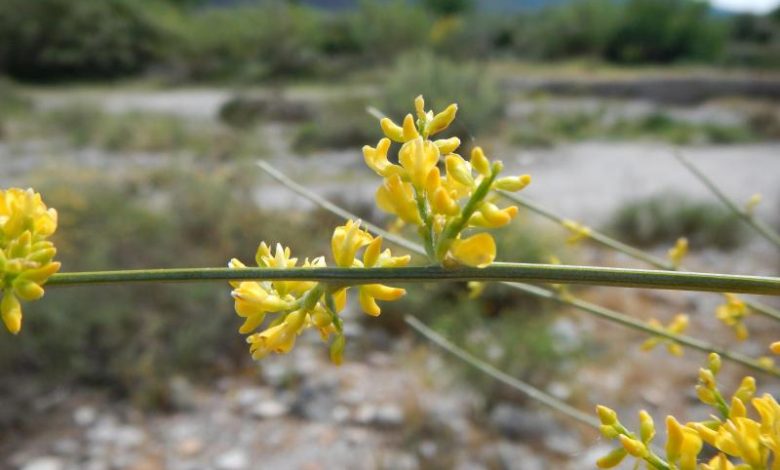
Important points when sowing Retama sphaerocarpa
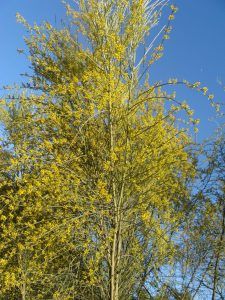 Where to sow? In full light. It needs a lot of sunlight.
Where to sow? In full light. It needs a lot of sunlight.- When? in autumn.
- How do we prepare the land? Removed, removing weeds. With sand-based substrate with a certain salinity.
- How do we water? With drip.
- How often do we water? In summer, moderate watering 1 or 2 times a week. The rest of the year spaced irrigation.
- Plagues and diseases? Aphid and is resistant to diseases, but you have to take care of it from excess watering.
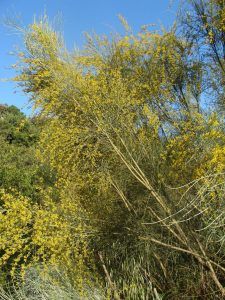 The broom sphaerocarpa is a very elegant shrub with long, hanging branches, belonging to the Fabaceae family and is native to North Africa and the Iberian Peninsula.
The broom sphaerocarpa is a very elegant shrub with long, hanging branches, belonging to the Fabaceae family and is native to North Africa and the Iberian Peninsula.
Also known by its common name, yellow broom, the sphaerocarpa can reach a height of 3 meters, has numerous thick main branches, which start from the base, with cracked, rough and grayish-yellow bark.
Its stems have abundant twigs, sericeous or rough to the touch, with longitudinal grooves and linear leaves, soon deciduous.
The flowers of the broom sphaerocarpa are very small, less than 1 cm, papilionate, grouped in abundant racemose inflorescences, short, 3-5 cm long.
The fruit of broom sphaerocarpa is dry and indehiscent (it does not open), of the legume type, subglobose or ovoid, kidney-shaped, apiculate, contains a single seed, rarely 2, subspherical, black.
When to sow the Retama sphaerocarpa?
The broom sphaerocarpa is multiplied by tip cuttings made during the autumn or from seeds that should be placed in very hot water for about 5 seconds.
Where to do it?
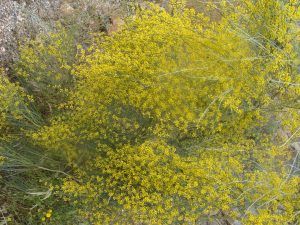 The broom sphaerocarpa can thrive in a sunny exposure and is capable of withstanding some sporadic low-intensity frosts.
The broom sphaerocarpa can thrive in a sunny exposure and is capable of withstanding some sporadic low-intensity frosts.
Also, and due to its condition as a bush, it can be used as isolated specimens in dry areas of the garden, to form groups and to fix sandy slopes and dunes. They are ideal plants for gardens by the sea.
How to prepare the land?
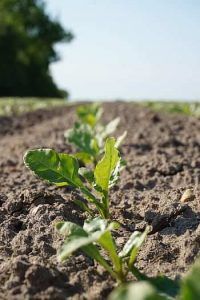 The broom sphaerocarpa can live in poor and sandy soils, terrains or substrates (in fact, it is its natural habitat) and even with a certain amount of salinity. Good drainage is important.
The broom sphaerocarpa can live in poor and sandy soils, terrains or substrates (in fact, it is its natural habitat) and even with a certain amount of salinity. Good drainage is important.
As it is a plant of country origin, broom sphaerocarpa necessarily requires dry soil. It could be said that it is the only requirement that it has in this sense
It tolerates different types of soil very well and although it does not need to be rich in nutrients, it does require a relatively neutral pH and very good drainage. The texture can be sandy or frank
In the case of broom sphaerocarpa it does not matter that the substrate is cheap and contains salinity since it is an ideal land for growing this type of plant.
But the most important thing is that the soil or substrate for broom sphaerocarpa contains a good type of drainage, since the waterlogging of the soil would produce an uncontrollable rot on the plant, in a matter of days.
The broom sphaerocarpa has the ability to fix nitrogen from the air, so it performs a restorative function of the land.
How do we water the Retama sphaerocarpa?
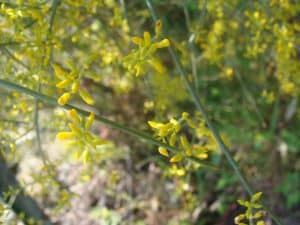 Watering broom sphaerocarpa should be moderate throughout the year, waiting for the substrate to dry out very well before watering again. It resists drought very well.
Watering broom sphaerocarpa should be moderate throughout the year, waiting for the substrate to dry out very well before watering again. It resists drought very well.
To water broom sphaerocarpa it is recommended to maintain uniform humidity, always water at dusk or first thing in the morning and place the appropriate amount of water.
How do we sow a Retama sphaerocarpa step by step?
For the sowing or cultivation of the sphaerocarpa broom in orchards or gardens, it can be done through cuttings or seeds and for this, the following and very simple steps and recommendations can be followed:
- Select an environment where there is an abundant source of direct light. The best time to do this is in the fall or late summer.
- Choose a seed or cutting from the plant. If it is by seed, the seed should be placed in very hot water for 5 seconds to hydrate it.
- Select a pot and place a substrate of any type for the garden, including those with a certain salinity.
- Pay with any type that is available since it does not require special fertilizers. The new fertilizer will be made in the second year of the plant’s life.
- Sow the seed and water abundantly, but without excesses.
- In the garden by another plant:
- Proceed by digging a hole according to its size, introduce it carefully and then cover the space with soil and water abundantly.
- Prune each year after flowering to help broom sphaerocarpa remove old and damaged branches.
What favorable associations does it have?
The association of crops of compatible plants produces benefits with respect to their cultivation separately, in addition to the use of light, water and/or nutrients.
There are no known favorable associations of broom sphaerocarpa with other species, however, as it is a flowering plant, gardeners and specialists in the area often use it in compositions with others of the same species.
What pests and diseases attack the Retama sphaerocarpa?
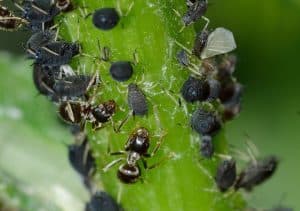 The sphaerocarpa broom is highly resistant to attack by pests and diseases, and like all plants of its kind, it must be taken care of from excess water that can cause problems.
The sphaerocarpa broom is highly resistant to attack by pests and diseases, and like all plants of its kind, it must be taken care of from excess water that can cause problems.
However, under some circumstances and conditions, broom sphaerocarpa could be affected by some pests, especially by the world-renowned aphid.
The aphid appears mainly in summer and spring, as it loves hot climates. It can be identified visually, but with the use of a magnifying glass in case its existence is suspected. It produces small yellowish spots on the leaves.
This plague causes the appearance of a fungus called Negrilla, which prevents the photosynthetic process from taking place. In addition, some of its varieties such as the «black aphid» can favor the appearance of ants, which harm the broom sphaerocarpa.
How long does broom sphaerocarpa live?
In general terms, they are plants that can live up to 100 years if they are well cared for.
However, most do not exceed 30 years under difficult conditions for their development.
How long does broom sphaerocarpa take to grow?
It is a plant of early development. However, it is not estimated exactly how long it may take to grow, since it depends on the conditions.
In some cases it grows in 3 years, while in others it can take up to 5 years.
How long does it take to produce fruit?
After 3 years after its cultivation, the broom sphaerocarpa usually begins to produce flowers and fruits (if pollinated).
Can it be grown in a pot?
It is not the most recommended, since its roots need to be able to develop with a lot of space.
Despite this, it can be grown as a dwarf plant to keep it in a pot, although always outdoors.
How many times does broom sphaerocarpa produce fruit?
It produces fruit once a year, as long as the females are properly pollinated by insects.
Should broom sphaerocarpa be pollinated to obtain fruit?
Yes, its flowers require the pollination of different insects in order to obtain fruits and the seeds derived from them.
How cold can broom sphaerocarpa tolerate?
It is usually resistant to cold, as long as it is kept for a short time and that it is not negative temperatures.
How many sphaerocarpa brooms can be planted per hectare?
They are plants that can create very dense thickets, for which more than 400 specimens could be found in one hectare.
What type of fertilizer does broom sphaerocarpa need?
For this plant, the use of natural and ecological fertilizers is recommended, especially liquid, especially for potted specimens.
They are used during spring and summer to promote flowering and fruit production.
How much heat and/or drought can broom sphaerocarpa tolerate?
It is not very demanding in terms of irrigation, and it withstands drought very well for short periods of time.
As for the heat, the temperature must be kept below 32ºC for it to be healthy.
Bibliography and references
- Encyclopedia My first knowledge about Plants, Snakes and Conservation. (1961). Spanish edition by Dr. Frank Thompson. Grolier Publisher Incorporated New York. Printed in Mexico.

![Photo of Aucuba Japonica: [Cultivation, Care, Substrate, Irrigation, Pests and Diseases]](https://www.complete-gardening.com/wp-content/uploads/2022/08/aucuba-japonica-cultivation-care-substrate-irrigation-pests-and-diseases-390x220.jpg)
![Photo of How to Make Homemade Organic Compost: [Types and Forms]](https://www.complete-gardening.com/wp-content/uploads/2022/08/how-to-make-homemade-organic-compost-types-and-forms-390x220.jpg)
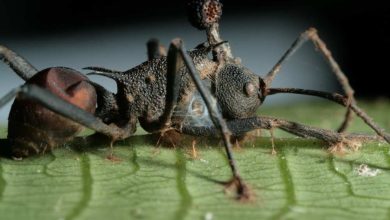
![Photo of Aeoniun Arboreum: [Crop, Irrigation, Associations, Pests and Diseases]](https://www.complete-gardening.com/wp-content/uploads/2021/06/Aeoniun-Arboreum-scaled-1-390x220.jpg)